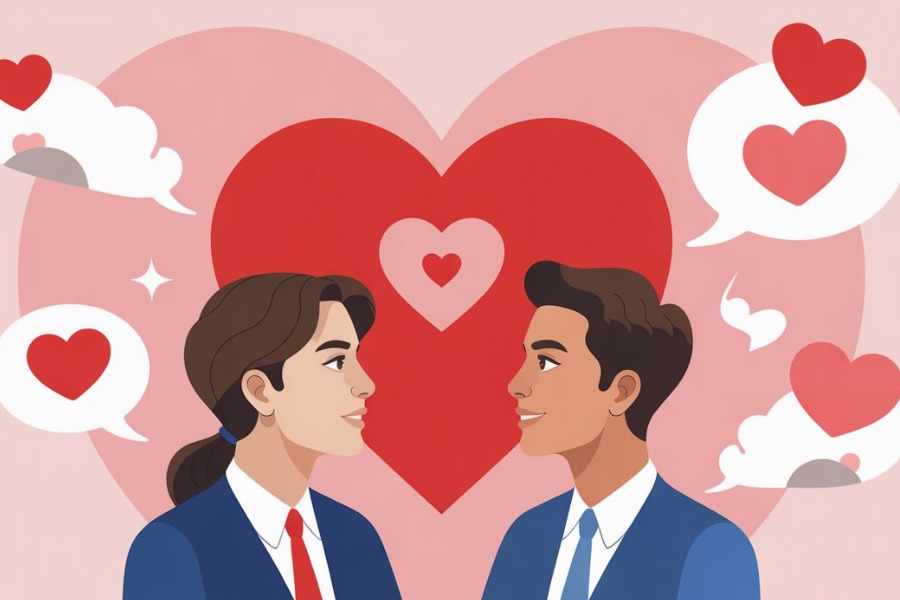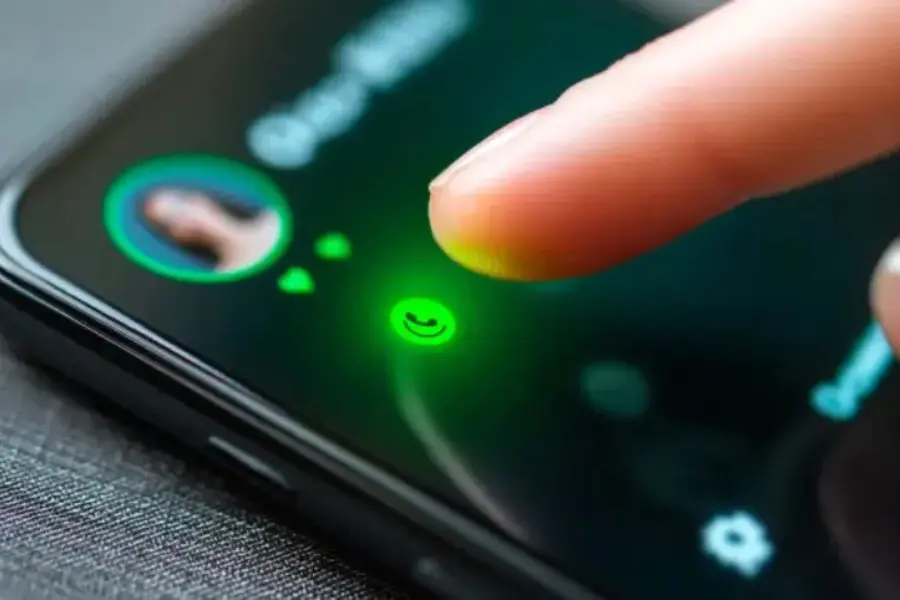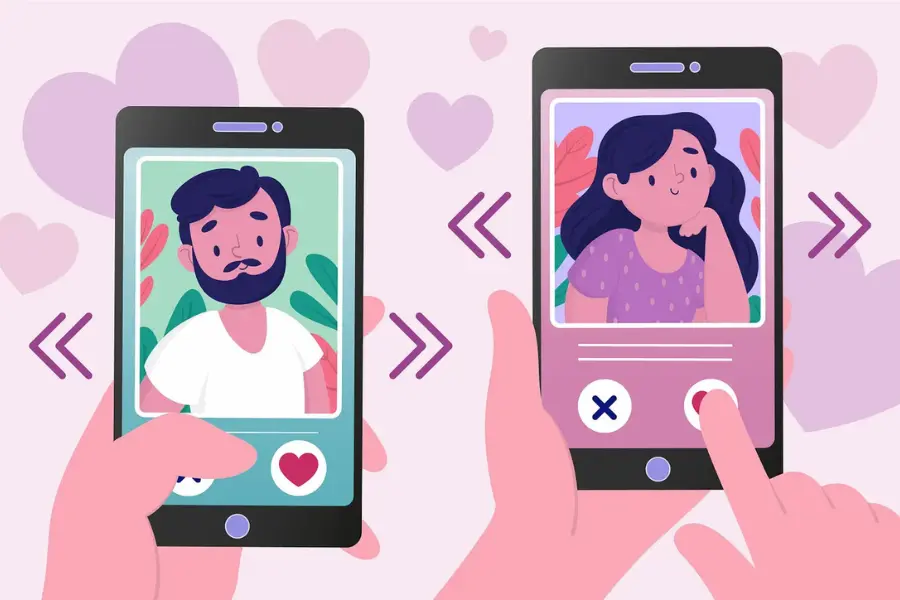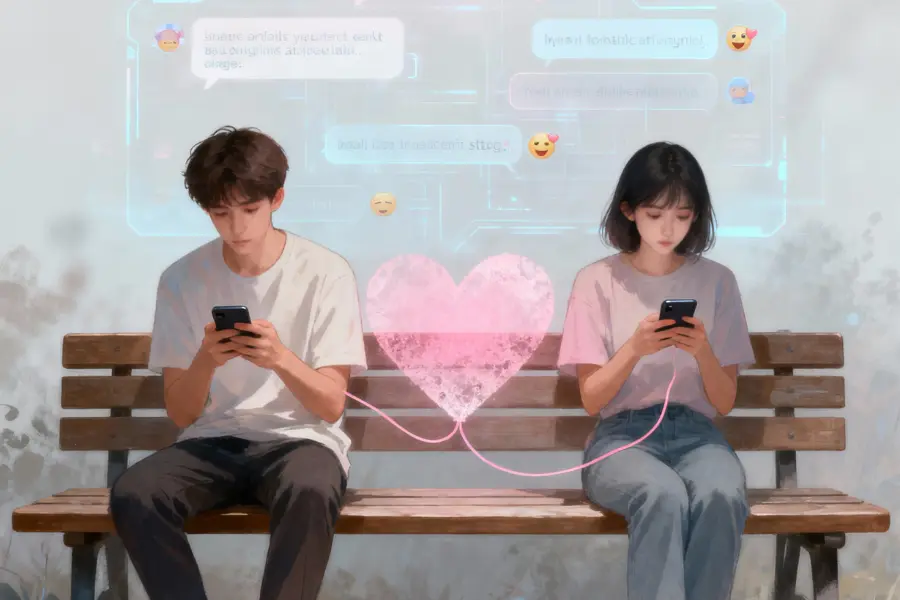For a long time, love languages have been one of the most interesting methods to comprehend how individuals show affection and how they get it. Through words of affirmation and acts of service, Dr. Gary Chapman’s idea has helped countless couples manage their relationships. Still, in today’s digital age, love languages continue to evolve. Instead, these have been adapting, dating, going hand in hand with technological communication in such forms as social networking. The understanding of these new love expressions can not only improve your existing relationships but also make them more meaningful.
Words of Affirmation in the Digital World
Previously, to tell someone “I love you” meant standing in front of them or writing a note on paper. Now, our words of affirmation have shifted to a virtual universe. Emojis, voice notes, text messages and even video messages, can all convey warmth and gratitude in ways we couldn’t before. A simple “Good morning” text with a heart or even a meme shared to let them know you are thinking of them, can convey the same emotional weight as a letter on paper. People who thrive on verbal affirmation can now feel loved through social GIFs, thoughtful comments on social media, or captions that thoughtfully show how much they are appreciated. Love languages are trying to adapt as best as they can into a digital world.
Acts of Service, Internet Style
Acts of service have also gone online. People now show love by sharing playlists, shopping online, or sending a digital gift, rather than washing tights or changing a light bulb for their partner. A partner might even troubleshoot your tech problems or help you with an application on your phone, modern acts of service that serve the same function and mean just as much as physically helping your partner with a task. While online acts can seem trivial, they have deep meaning for those whose primary love language expresses helpfulness.
Quality Time Through Screens
Being physically together isn’t always an option but quality time can happen digitally. Video chatting, online gaming together and watching a show together while connected on the phone are emerging options to spend time together. Spending hours together is not an important value system; rather, spending attention with engagement is what’s meaningful. Couples today are realizing that uninterrupted digital plugged in engagement listening and responding, sharing and discussing is a meaningful expression of love. Even in an environment of constant notification distractions, this dedicated screen time experience inspires connection and closeness.
Gift Giving Gets a Tech Makeover
In all aspects, people have traditionally seen gift-giving as a material act, like giving flowers, jewelry, or making surprise visits. However, a new trend is emerging, with digital gifts, subscription services, digital art, and curated Spotify playlists gaining popularity. The cost doesn’t matter thoughtfulness does. People now show care in modern ways that match their recipient’s love language and personality, such as a heartfelt video or a personalized e-book.
Final Ideas
Love languages aren’t limited to old habits and practices anymore; they keep changing with every new technological leap and boundary. This change allows more people to meet and connect deeply, even across oceans. Interpreting digital expressions of love greatly strengthens relationships, as partners can see that they are acknowledged, heard, and respected. Love languages still guide us in expressing our deepest feelings through words, actions, quality time, or gifts.




